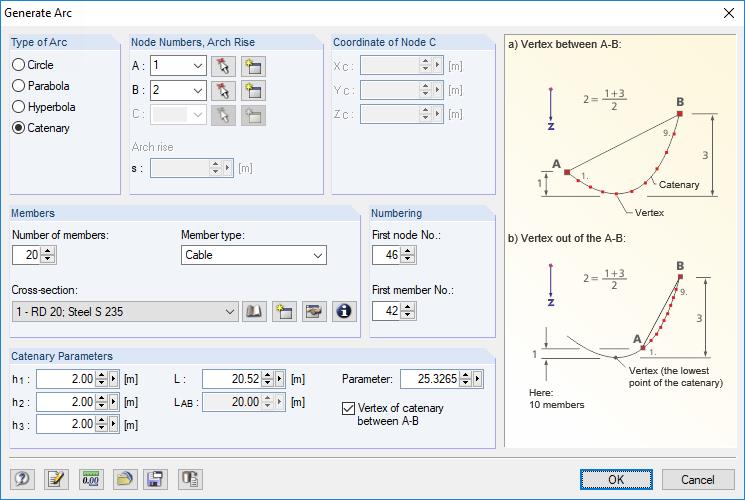The reason is that the columns and beams are compressed. In this context, all the shoring braces absorb pressure and fail at the same time, which eventually leads to instability of the structure. You can easily retrace this by converting tension members into trusses (only N) and calculating them according to the linear static analysis.
The "Failing members to be removed individually during successive iteration" option under the "Global Calculation Parameters" tab can prevent the complete failure of tension members. In most cases, this is already the solution.
Alternatively, there is the second option: "Assign reduced stiffness to failing members". For this, minor compression forces may occur in the tension members.
In addition, applying an initial prestress can be helpful. It is consistent with general building practice, because many braces can be readjusted. Determination of the appropriate prestress is an iterative process, but it should not exceed five percent of the ultimate tension resistance of the bracing.






























![Basic Shapes of Membrane Structures [1]](/en/webimage/009595/2419502/01-en-png-png.png?mw=512&hash=6ca63b32e8ca5da057de21c4f204d41103e6fe20)























